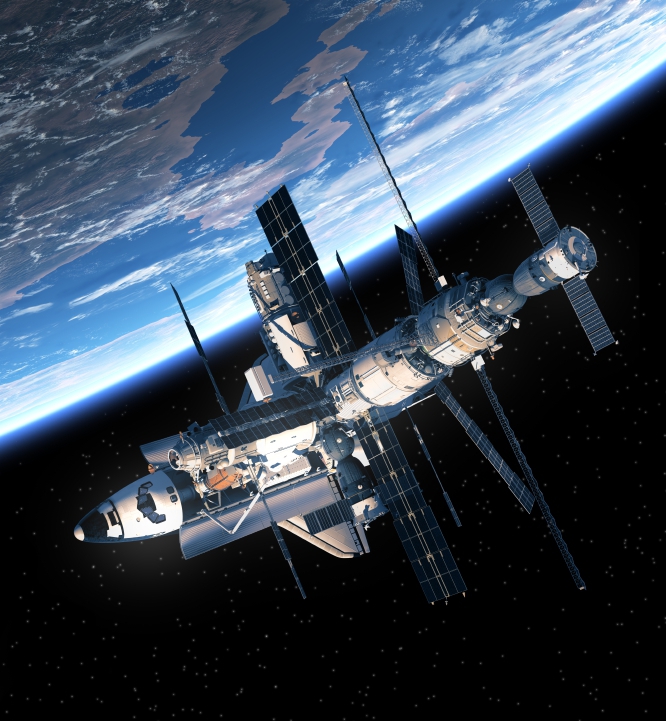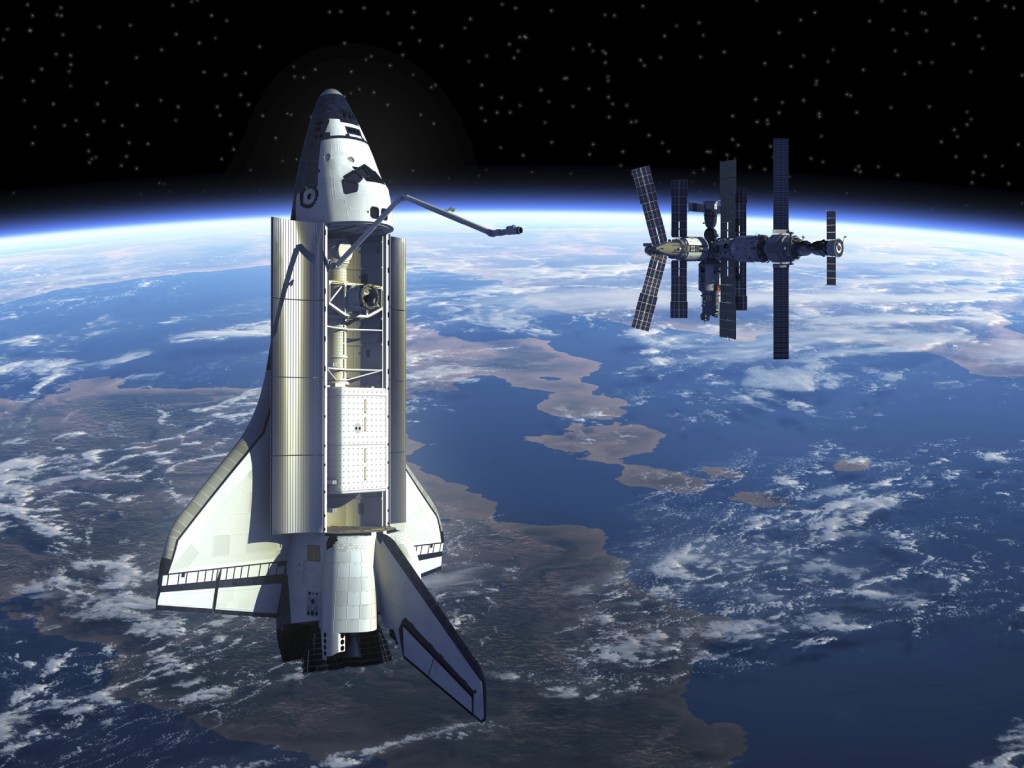Relating to the production of materials and components that are utilised outside of Earth’s planetary atmosphere, space manufacturing is a leading industry that is permitting NASA to make big discoveries about our solar system, our galaxy, and the universe.
Announced in February, the first ever system of Earth-sized planets around a star was discovered, which signifies a new chapter in space explortion for all of humanity. To achieve this amazing discovery, all components of NASA’s Spitzer Space Telescope were manufactured to the highest quality and the latest technology.
Exoplanets Discovery
Located in the Aquarius constellation, these planets are called exoplanets because they are outside of our solar system. Found in the TRAPPIST-1 system, the seven exoplanets announced on 22nd February are only approximately 40 light-years, or 235 trillion miles, from Earth. These habitable and Earth-sized planets orbit the TRAPPIST-1 star, and three of them are in the habitable zone – which means that they are very likely to contain water.
Setting a new record for the number of planets found in a habitable zone, all of these exoplanets have a high chance of having water. If they are under the right atmospheric conditions, we might see the chance of life in its earliest forms.
Through using data from the Spitzer Space Telescope, NASA has measured all seven planets precisely, and also estimated the masses of the size of the planets, allowing the team to find their density. The early estimates of the planets’ density point towards all of the planets being rocky, but further observations will reveal the presence of water.
The Spitzer Space Telescope
NASA’s Spitzer Space Telescope is an infrared telescope found in Earth’s orbit, trailing it as it orbits the sun. The TRAPPIST-1 star glows the brightest in infrared light, allowing the telescope to view it properly. The star was studied in 2016, for 500 continuous hours, as the telescope’s position in space permits it to observe planet transits from the TRAPPIST-1 star.
Sean Carey, NASA’s Spitzer Science Center manager at Caltech/IPAC in Pasadena, California, calls this discovery “the most exciting result I have seen in the 14 years of Spitzer operations.” He adds that the “Spitzer will follow up in the fall to further refine our understanding of these planets so that the James Webb Space Telescope can follow up. More observations of the system are sure to reveal more secrets.”
3D Printing in Space
Already successfully utilised for spring manufacturing and for optimising design, 3D printing allows for the quick construction of both prototypes and end products with minimal errors. Printing in space is becoming an important step for the human proliferation and success in space. In 2016, NASA brought an Additive Manufacturing Facility (AMF) to the International Space Station (ISS).
This 3D printer has already printed a crowdsourced sculpture, educational programs such as Enterprise in Space, and a 3D advertisement. Through the use of fused deposition modelling, the AMF melts thermoplastic filaments and then proceeds to extrude them onto a substrate. Controlled from Earth, it ensures that ISS astronauts are aware of every procedure and require little interference.
As it is controlled from Earth, all astronauts need to do is remove the printed part and utilise it. This allows for the optimisation of astronauts’ time, and it provides them with high-quality and durable tools printed at the blink of an eye.
The AMF is capable of being upgraded to expand its material set, as it allows astronauts to use them one-handed and install any component that needs replacing or upgrading. 3D printing brings the possibility of printing structures that otherwise are unable to support their own weight and can be optimised for microgravity.
Made in Space, the organisation behind the AMF, has utilised digital light processing, bioprinting, electronics 3D printing, metal casing, and materials process in microgravity throughout their 200 parabolic flights done at the end of January of 2017. These vital first-time experiments will open the gateway for further space manufacturing that can one day permit deep space exploration and the expansion of the human race.
As experts in spring design and manufacturing here at Airedale Springs, we understand the importance of developing technologies that allow for 3D printing in space.




